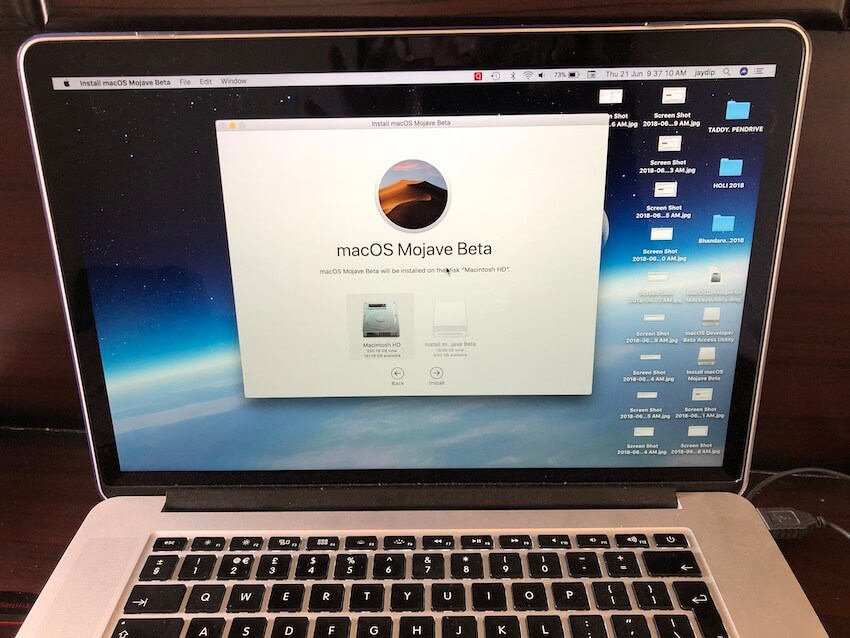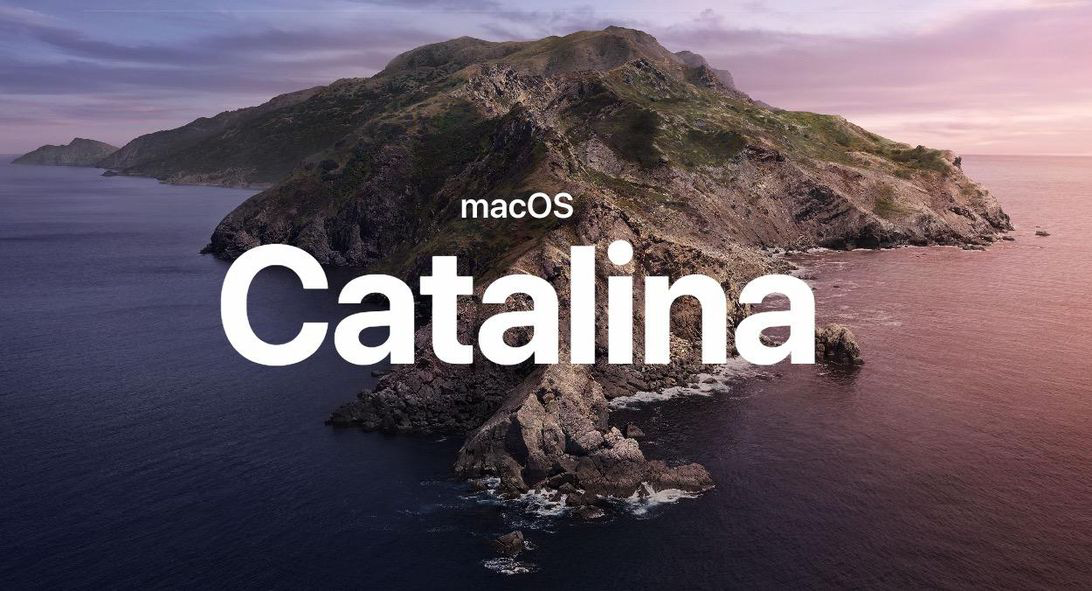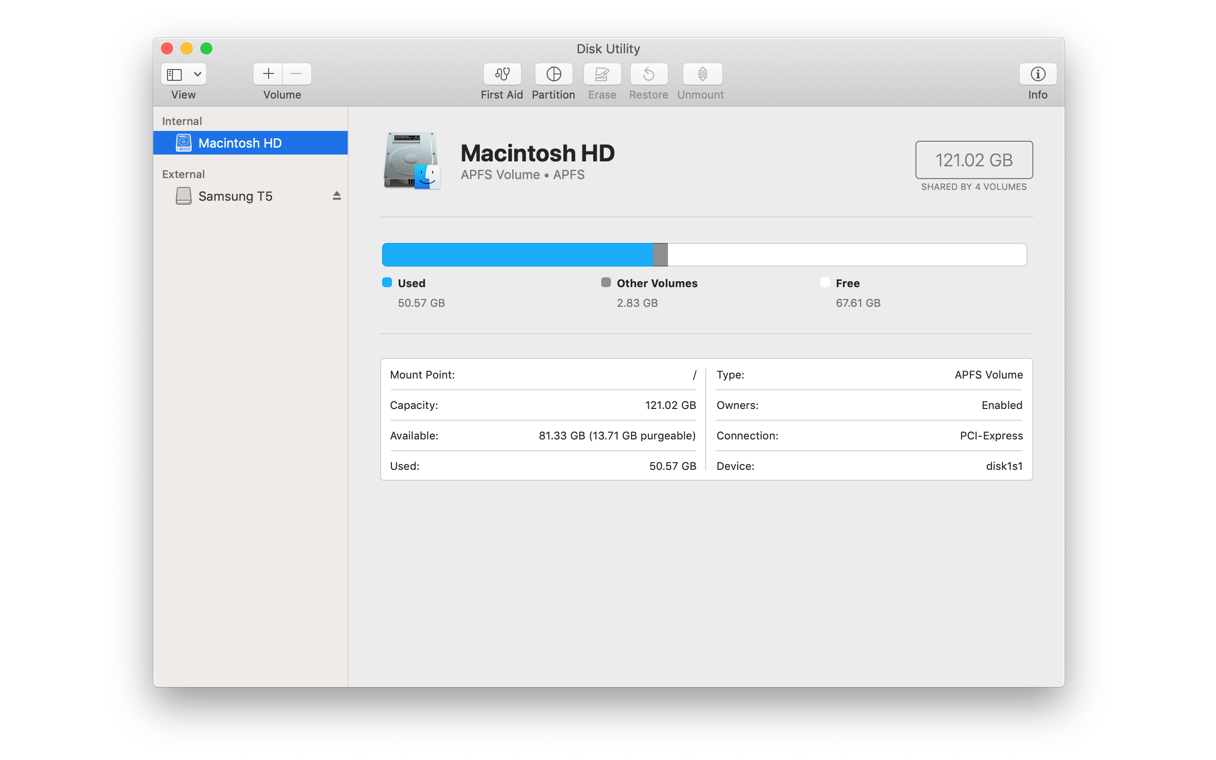To reinstall macOS, including the latest Big Sur, Catalina, Mojave, without losing data, you can follow the professional guide to update the OS, which will not cause data loss in most of the case. If you still have worries, back up your Mac in advance or recover the lost files with EaseUS Data Recovery Wizard. Safari is included with your Mac. To keep Safari up to date, install the latest macOS updates. The most recent version of macOS includes the most recent version of Safari. If you deleted Safari and don't have a backup, reinstall macOS to put Safari back in your Applications folder. Reinstalling macOS doesn't remove data from your computer.
When Disk Utility has finished erasing the disk, quit it to return to the macOS Utilities screen. Choose Install macOS. Press Continue and choose the drive you just erased and re-formatted as the destination. MacOS Catalina will start to install. When it’s finished, your Mac will restart and it will look like a brand new Mac.
Hi – I have been having some issues on my late 2013 Imac since upgrading to Catalina. A lot of library messages in the logs for example. Sometimes if I go to shutdown I get a black screen for a while then it reboots, other times it’s fine. Sometimes when emptying the bin it just sits there on the screen and other odd behaviours. Have run Malwarebytes and nothing untoward there.

:max_bytes(150000):strip_icc()/how-to-reinstall-macos-catalina-4796952_03-d7163bf766f4440eb8ad969841bf2537.jpg)

How Do I Wipe My Mac And Reinstall Catalina

It’s got very frustrating so I thought I might try and download Catalina again and refresh it. Using the Recovery, Installed OS option, does this download a new copy of the OS to the Macintosh HD partition while keeping Macintosh HD-Data partition separate? I have a Time Machine backup and also other separate copies of the three users Photos library from the iMac but wanted to know if I can re-install the OS without specifically doing anything else to keep my data. Sorry if this is basic question but in Mac terms I am not that experienced.
—–
Gregory

The OS is located on the 'Macintosh HD' volume. User data is located on the 'Macintosh HD - Data' volume.
If you erased the drive volume, then why not erase the whole physical drive instead? If the physical drive is not seen in Disk Utility, then click on 'View' and select 'Show all devices' option so that the physical drive appears in the left pane of Disk Utility. I don't know if this is an option when booted from the local Recovery Mode (Command + R), but it should be an option when booted to Internet Recovery Mode (Command + Option + R) or from a bootable macOS USB installer. For Catalina the drive must be erased as GUID partition and APFS (top option).
Mac Catalina Installer
Nov 23, 2019 4:26 PM